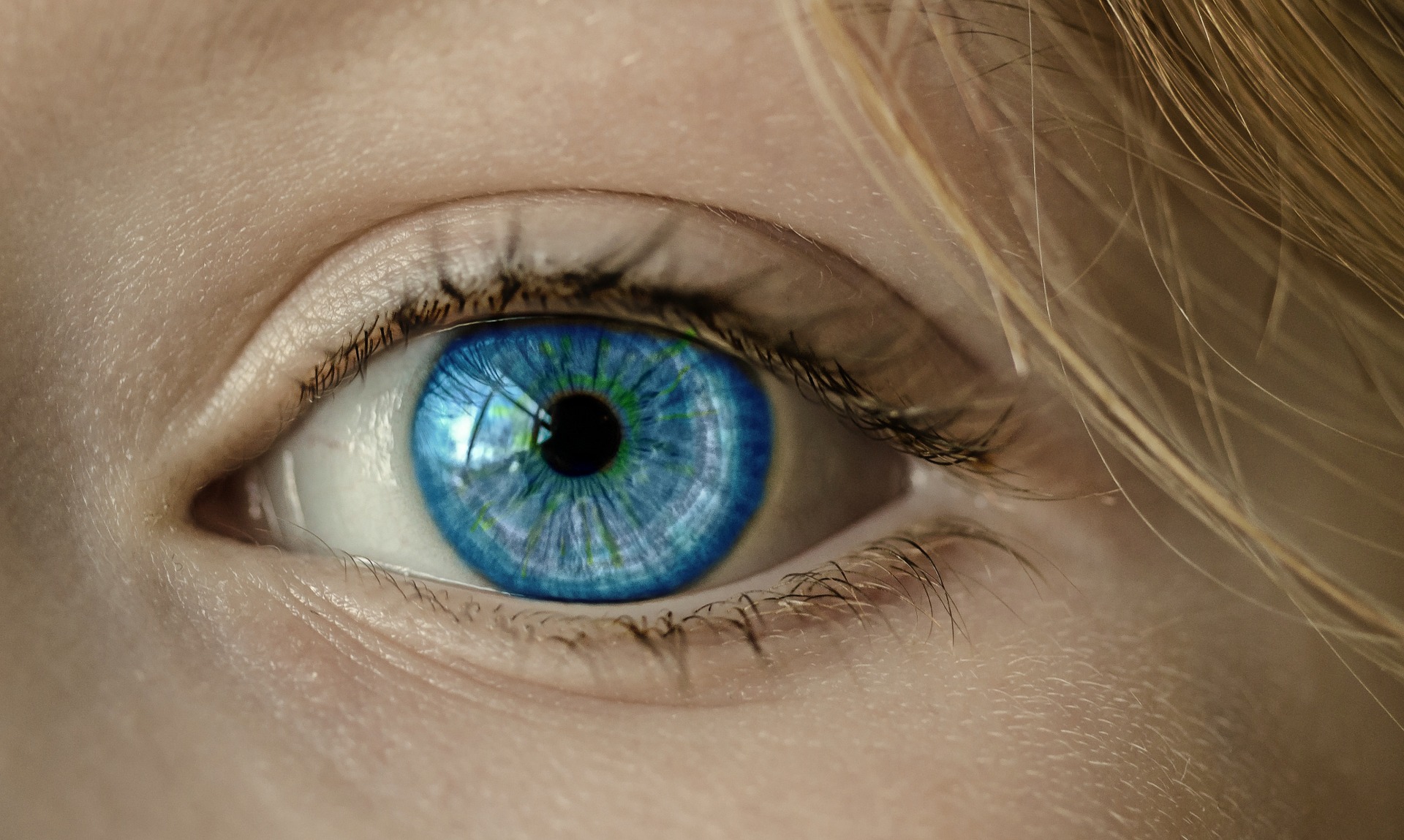Contact lenses provide a more natural appearance and a wider range of vision when compared to eyeglasses. However, lenses must be inspected and replaced regularly to ensure maximum hygiene and visual acuity. Wearing contact lenses beyond the expiration date specified by the manufacturer can result in serious eye infections, corneal damage, and vision loss. Let us explore a few of the symptoms of contact lens problems and indications your contact lenses need changing.
Your lenses become hazy or cloudy
Normal wear and tear can cause contact lenses to become impaired, affecting your vision. Prolonged exposure to air, bacteria, and chemicals can lead to a buildup of deposits, resulting in cloudy or hazy lenses. If you experience any blurriness while wearing your contacts, it may be time to replace them. To ensure clarity, be sure to clean your lenses regularly with a fresh saline solution. This may help you to remove any debris that is obstructing your vision.
You feel uncomfortable with your contacts
Discomfort is a natural way for your body to signal that something may be wrong, and contact lenses are no exception! Contact lens discomfort signs include dryness, burning or itching sensations, and redness. These sensations can be caused by a lack of oxygen reaching the eyes, insufficient lubrication, or an allergic reaction to the contact lens solution. To minimize discomfort, inspect your lenses for tears or holes, and try switching to a lubricated contact lens if you experience excessive dryness.
Blurred vision
Blurred vision is one of the most important signs of contact lens wear and tear. If your vision is getting blurry, it might be time to change your contacts or the solution you use to clean them. It’s possible that your lenses have accumulated dust and tiny particles over time, making them less clear and affecting your eyesight. If cleaning them with a lens solution doesn’t help, you might need new contact lenses. Plus, make sure you check the expiration date on your contact solution – it may have just passed its expiration date!
Contact lenses moving around in your eye
If you’re using your contacts the right way, they shouldn’t slip or slide when you blink or move your head. When you notice your contacts aren’t fitting properly, it’s probably time for a new pair. With repeated use, your lenses can become loose and uncomfortable, which can affect your vision and even cause harm to your eyes. So, make sure to check your contacts regularly and switch them out when needed.
The lenses start to look bent or out of shape
The possibility of damage to the lenses you use extends beyond scratches. If you see any bends or dents in the lenses, it is an indication that they are damaged. Dents are one of the most common signs it’s time for new contact lenses. Even if the lenses seem like they are functioning properly, using them can put your eyes at greater risk of damage. Bent contacts facilitate the passage of germs and other undesirable particles which can eventually lead to severe eye infections.
Frequent Eye Infections
If you are suffering from recurrent eye infections, your contact lenses may be the source of the problem. Bacteria and other germs can quickly accumulate on your contact lenses, potentially leading to an infection. Symptoms of this infection may include redness, discharge, and discomfort. It is imperative to visit an optometrist as soon as possible if you have experienced multiple infections, as they can worsen and cause vision damage or blindness.
Sensitivity to Light and lack of UV protection
If you have recently developed a heightened sensitivity to light, it could be the result of an underlying eye issue or worn-out contact lenses. Also, the lack of UV protection is an important aspect of recognizing old contact lenses. So, if you are using an old set of lenses, you may want to invest in sunglasses with appropriate UV protection to defend yourself against the harmful effects of UV rays. Inefficient UV protection can cause several eye issues like corneal damage, cataracts, and macular degeneration. Alternatively, if you are using an old pair of contact lenses, it may be a good idea to ditch them and invest in a new set with UV protection.
Final words
If you find that spectacles affect your looks and are obstructive, contact lenses are a great alternative for you. However, keep track of contact lens replacement frequency and signs, to protect your eyes from damage. If you do notice anything that worries you, ask your optometrist about changing your lenses. Don’t forget to book an eye exam with your doctor annually, so you can make sure your eyes are in tip-top shape!
FAQs
How do you know if your contact lenses are damaged?
To check if your contact lens is damaged, the first step is to hold it up to any light source and check for tears, holes, or other abnormalities. If you’re experiencing discomfort, blurry vision, or your contact lens isn’t staying in place, then you should also assume that it is damaged.
How long should contact lenses last?
The duration that contact lenses can be safely worn varies based on their type and brand. Daily disposable lenses are intended to be used for a single day, while monthly and bi-weekly lenses can last up to one month and two weeks, respectively.
Do contacts get blurry when they are old?
Becoming blurry is one of the most crucial contact lens expiration symptoms. Over time, contact lenses can lose their shape and become uncomfortable to wear. Additionally, deposits may form on the surface of the lens which can result in cloudy, hazy vision and blurriness.
When should I change my monthly contacts?
Monthly contact lenses must be changed every 30 days. In the event of experiencing discomfort, hazy vision, or signs of wear and tear prior to the 30-day period, it is recommended to immediately contact your optometrist and get them replaced.
How do I know my contacts are expired?
You can determine if your contacts are expired by examining the expiry date printed on the packaging or blister pack. Also, old contact lenses may become cloudy and hazy due to deposits forming on their surface. Furthermore, checking for any discomfort, dryness, or pain in your eyes is how to know if your contact lenses are expired.
What does overuse of contacts look like?
Prolonged contact lens use can lead to an array of ocular ailments, including redness, dryness, itching, and burning sensations. In more extreme cases, patients may experience blurred vision, sensitivity to light, and even corneal ulcers or infections.
Is it OK to wear expired contacts?
No, it’s not safe to wear expired contacts. All contact lenses have an expiration date for a reason. If worn past their expiration date, lenses may cause discomfort, as well as increase the risk of eye infections or complications. If you don’t know when to replace contact lenses, the expiry date is a definite indicator.
What happens if you use the same contact lenses for over 30 days?
Wearing contact lenses beyond the recommended 30-day period can have a detrimental effect on your ocular health. Outdated lenses may be misshapen, covered in deposits, and provide an ideal environment for bacterial growth. Consequently, you might experience visual impairments, dryness, discomfort, and photophobia.







